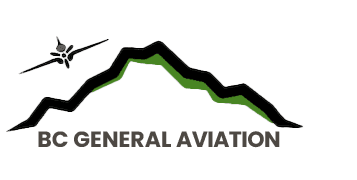CASARA is a volunteer-based organisation that works in conjunction with the military in providing support for search and rescue operations across Canada—one of our roles is to home and locate ELT signals from planes, EPIRBs, and PLBs. A few volunteers (John Cammidge, Daniel Jun, and Ashwin Usgaocar) have come together to create new hardware and software to supplement our existing homing technology to help facilitate our ELT searches.
Our current homing technique involves using a receiver that detects the ELT signal on 121.5 MHz and outputs either a signal strength or left/right directional designation. Given that the output signal from the homer is analogue, we decided to create a system where the signal could be digitized and electronically recorded automatically. This would enhance our toolkit by creating a real-time heat map of the ELT signal.
The hardware we developed is based on an Arduino microprocessor that converts the strength or direction signal from the ELT homer into a digital form. The data are then transmitted wirelessly to a tablet or laptop running an app that we wrote; each data point is paired with a GPS coordinate, which enables us to plot the signal on a moving map display by strength and location. This is also coupled with a direction indicator in the app that shows where the signal is coming from.
A working prototype of the Arduino box is seen in the middle, which takes analogue signals from the ELT homer (blue box, bottom), converts them into digital form, which is then transmitted via Bluetooth to the laptop running the software.
We are currently testing our setup this summer on foot, car, and plane. If all goes well, we hope that this technology will be a low-cost system to complement our current skill and expertise in locating missing planes, boats, and persons.
Always remember to check 121.5 MHz before shutting down to prevent false alarm ELT searches!


